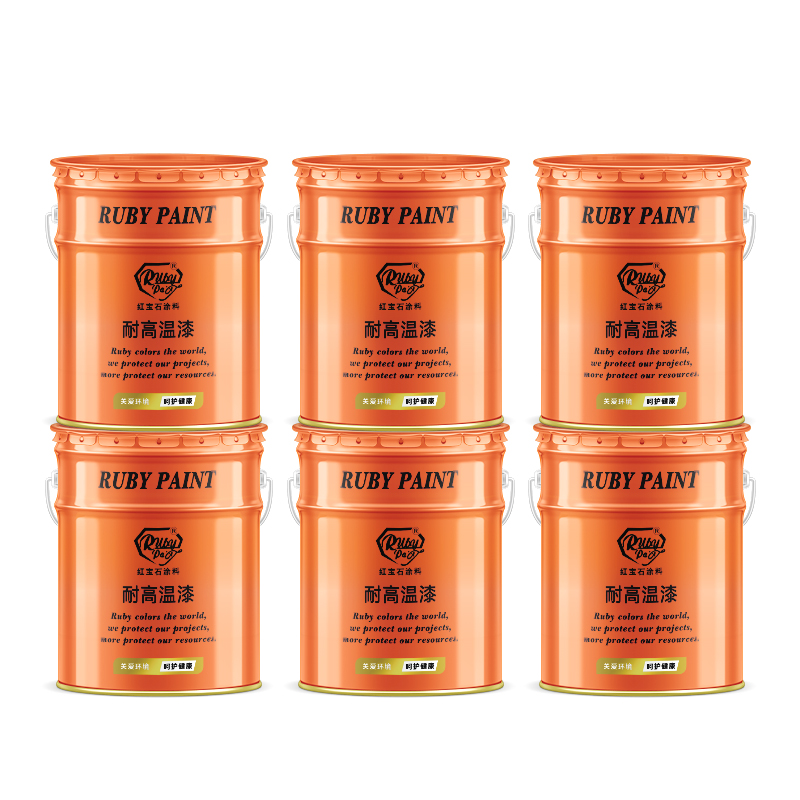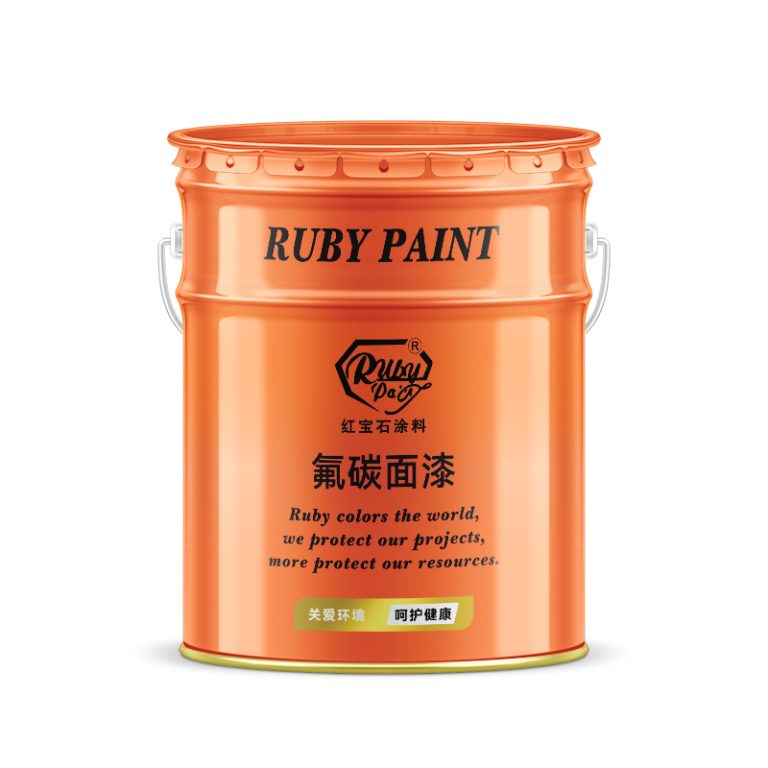Table of Contents
Innovative Uses of Aluminium Foil in Everyday Life
Aluminium foil, a versatile and lightweight material, has been a staple in kitchens around the world for decades. However, its utility extends far beyond wrapping leftovers and lining baking trays. This remarkable material offers a plethora of innovative uses that can simplify tasks, enhance efficiency, and even solve common household problems.
One of the lesser-known uses of aluminium foil is its ability to sharpen scissors. Over time, scissors can become dull and less effective at cutting. Instead of purchasing a new pair, you can simply fold a piece of aluminium foil several times to create a thick layer and then cut through it with the scissors. This action helps to hone the blades, restoring their sharpness and prolonging their lifespan.
In addition to sharpening scissors, aluminium foil can also be used to improve the performance of batteries. If you find yourself with loose batteries in a device, a small piece of foil can be folded and placed between the battery and the contact point. This makeshift shim ensures a tighter fit and better conductivity, allowing the device to function properly until you can replace the batteries.
Another innovative use of aluminium foil involves its role in the laundry room. When doing laundry, static cling can be a frustrating issue, particularly with synthetic fabrics. To combat this, you can crumple a ball of aluminium foil and toss it into the dryer along with your clothes. The foil ball helps to discharge static electricity, preventing clothes from sticking together and reducing the need for chemical-laden dryer sheets.
| Serial Serial Number | Commodity Name |
| 1 | Epoxy Zinc rich paint |
Furthermore, aluminium foil can be a valuable tool in the garden. It can be used to deter pests such as slugs and snails, which are repelled by the texture of the foil. By lining the edges of planters or garden beds with strips of foil, you can create a barrier that these pests are unlikely to cross, protecting your plants without the use of harmful pesticides.
In the realm of home improvement, aluminium foil proves to be a handy material for cleaning. It can be used to scrub stubborn stains and residue from glassware, porcelain, and chrome surfaces. By crumpling a piece of foil into a ball and adding a small amount of dish soap or baking soda, you can create an effective abrasive tool that removes grime without scratching the surface.
Moreover, aluminium foil can enhance the efficiency of radiators. By attaching a sheet of foil behind a radiator, you can reflect heat back into the room instead of allowing it to escape through the walls. This simple trick helps to distribute heat more evenly and can lead to energy savings during colder months.
Lastly, aluminium foil can be used in arts and crafts projects. Its malleability and reflective properties make it an excellent material for creating decorative items, sculptures, and even jewelry. Whether used as a base for papier-mâché or molded into intricate designs, aluminium foil offers endless creative possibilities.
In conclusion, aluminium foil is much more than a kitchen staple. Its diverse range of applications in everyday life demonstrates its versatility and utility. From sharpening scissors to enhancing home heating, this lightweight material provides innovative solutions to common problems, making it a valuable addition to any household.
The Environmental Impact of Aluminium Foil Production and Recycling
Aluminium foil, a staple in many kitchens, is prized for its versatility and durability. However, the environmental impact of its production and recycling processes is a topic that warrants closer examination. Aluminium foil is made from bauxite ore, which is mined and then refined into alumina, a white powder. This alumina is then smelted using the Hall-Héroult process to produce aluminium metal. The production of aluminium is energy-intensive, requiring a significant amount of electricity. In fact, the smelting process alone accounts for about 17% of the total energy used in the production of aluminium foil.

The mining of bauxite ore also has environmental consequences. It can lead to deforestation, soil erosion, and water pollution, as well as disrupt local ecosystems. The refining process produces red mud, a highly alkaline waste product that can contaminate water sources and harm aquatic life. Proper management and disposal of this byproduct are crucial to minimizing its environmental impact.
On the other hand, recycling aluminium foil presents an opportunity to mitigate some of these environmental concerns. Aluminium is 100% recyclable and can be recycled indefinitely without losing its properties. Recycling aluminium requires only 5% of the energy used to produce primary aluminium, thus significantly reducing greenhouse gas emissions. However, the recycling rate of aluminium foil is relatively low compared to other aluminium products. This is partly due to contamination from food residues, which can complicate the recycling process.
To improve the recycling rate, it is essential to raise awareness about the importance of cleaning aluminium foil before disposal. Consumers play a crucial role in this regard, as their actions can directly impact the efficiency of the recycling process. Additionally, advancements in recycling technology could help address the challenges posed by contamination and increase the overall recycling rate of aluminium foil.
| No. | Product Name |
| 1 | Industrial paint |
Moreover, manufacturers are exploring alternative materials and production methods that could reduce the environmental footprint of aluminium foil. For example, some companies are developing biodegradable and compostable alternatives to traditional aluminium foil. These products, made from renewable resources like plant-based materials, offer a more sustainable option for consumers concerned about the environmental impact of their choices.
In conclusion, while aluminium foil is a convenient and useful product, its production and disposal have significant environmental implications. The mining and refining of bauxite ore contribute to deforestation, soil erosion, and water pollution, while the energy-intensive smelting process results in substantial greenhouse gas emissions. Recycling aluminium foil can help alleviate some of these issues, but the current recycling rate is low, and contamination remains a challenge. Efforts to improve recycling practices, coupled with the development of more sustainable alternatives, are crucial for reducing the environmental impact of aluminium foil. By making informed choices and supporting innovative solutions, consumers can play a vital role in promoting a more sustainable future.





